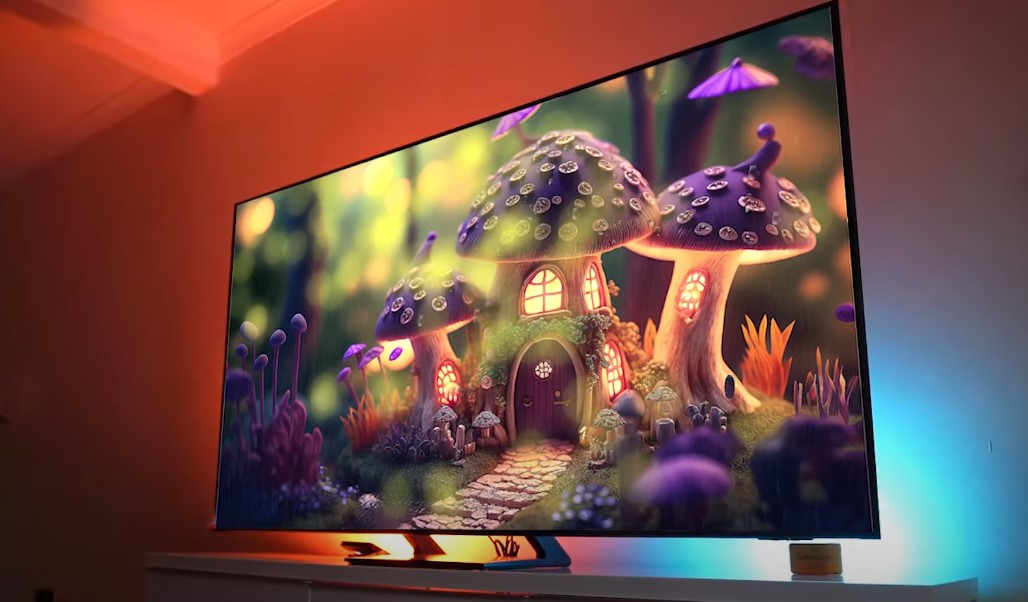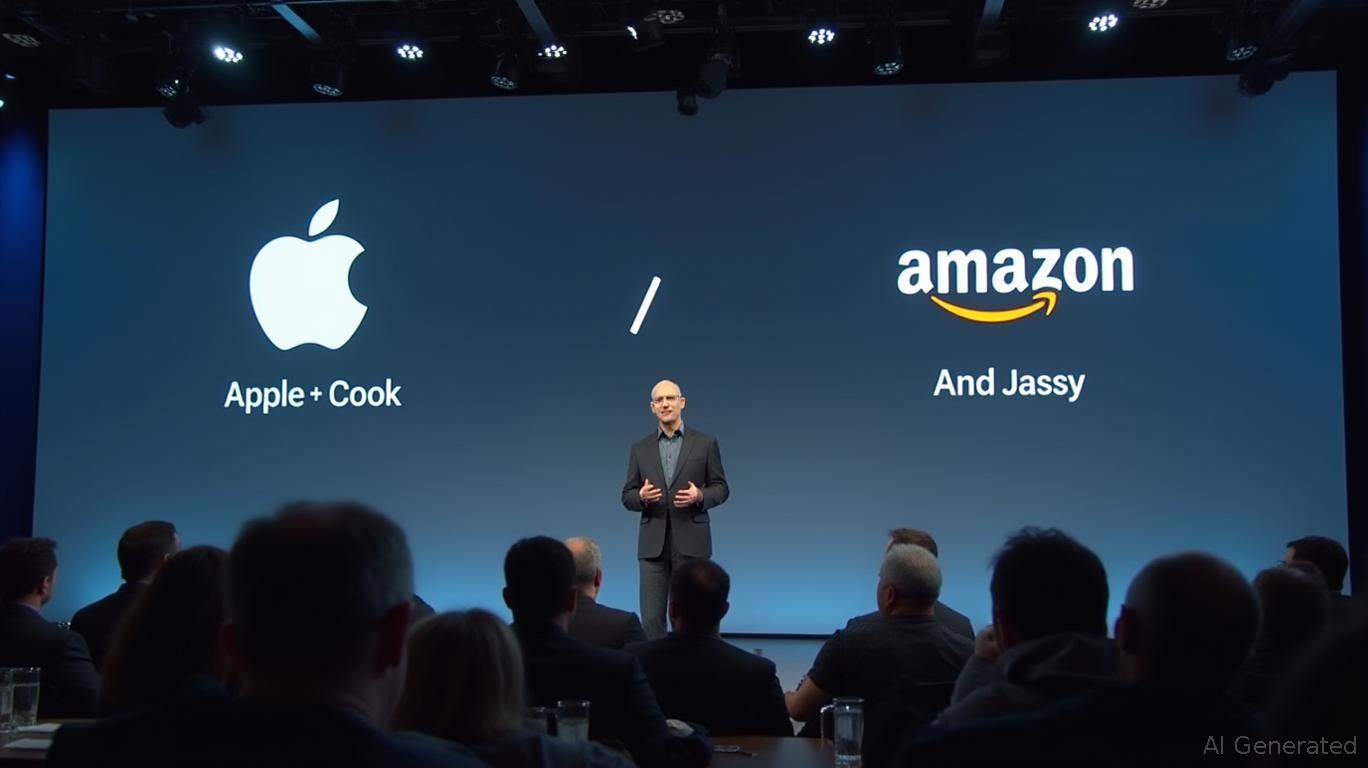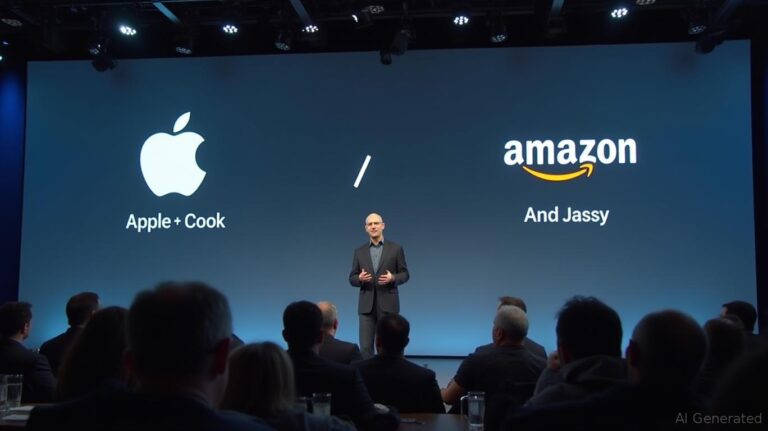When discussing high-definition video formats, 1080p and 1080i are often brought into comparison. Both offer the same resolution in terms of the number of vertical lines—1080, but the way they process and display these lines differs significantly.
The “p” in 1080p stands for progressive scan, while the “i” in 1080i stands for interlaced scan. Progressive scanning displays all lines of the picture in sequence, leading to a smoother image, especially during fast-moving scenes.
On the other hand, interlaced scan, as utilized by 1080i, displays even and odd lines alternately, refreshing them at a rate that typically leads to less sharpness in motion. While 1080i can often use less bandwidth due to the way it transmits data, 1080p provides superior picture quality and is considered the gold standard for high-definition TVs, Blu-ray players, and video game consoles. The choice between 1080i and 1080p may depend on the type of content viewed, as well as the capabilities of the display technology and playback equipment being used.
Key Takeaways
- 1080p provides a smoother, high-quality image with progressive scanning.
- 1080i may use less bandwidth but offers less motion sharpness due to interlaced scanning.
- The optimal choice between 1080i and 1080p depends on content, display technology, and equipment capabilities.
Resolutions Overview
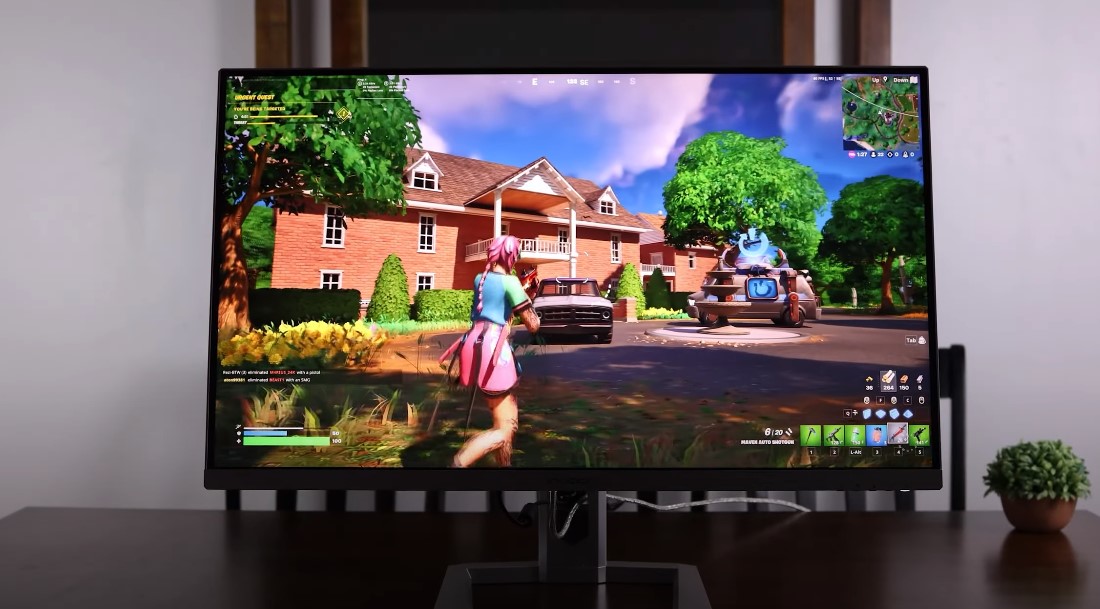
Basics
Resolution refers to the number of pixels that compose an image on a display. Pixels, the tiny dots of light, define the sharpness and clarity of the content according to TechTarget. The aspect ratio—typically 16:9 for HDTVs—describes the proportional relationship between the width and the height of the screen.
A standard HDTV offers a pixel resolution of 1920×1080, meaning there are 1920 horizontal pixels and 1080 vertical pixels according to CNET. This layout directly impacts the level of detail. While 720p is considered HD, Full HD refers to 1080p. Higher resolutions, including 4K and 8K, substantially increase pixel count, transforming the detail and clarity for an even more immersive viewing experience as noted by Speechify.
Winner: 1080p
1080p wins for its higher detail and clarity in both gaming and streamed content. It displays images more sharply due to its progressive scan method, especially noticeable in fast-moving scenes.
1080p and 1080i Explained
1080p, noted for being Full HD, encompasses 1080 lines of resolution displayed progressively. This means that each frame shows all lines, ensuring a smoother and clearer picture during fast-moving scenes. 1080p is widely embraced due to its superior quality for gaming and streamed content as highlighted by Onsitego.
In contrast, 1080i represents 1080 lines of resolution displayed interlaced as noted by Diffen. It alternates between displaying odd and even lines with each refresh cycle. This can result in motion artifacts during fast action or scrolling scenes. However, 1080i is often used for broadcast standards due to bandwidth constraints.
Technical Comparison
Interlaced vs Progressive Scan
1080i utilizes an interlaced scan method. This technique displays video by alternating sets of lines for each refresh pass, which results in two fields being combined to form one frame. Consequently, a 1080i display has a field rate that is typically twice the frame rate. The interlaced scan is a legacy from early analog TV systems such as NTSC and PAL, and while it can be effective for broadcast formats, it can sometimes introduce issues like motion artifacts during fast-moving scenes.
In contrast, 1080p represents a progressive scan format. It scans 1080 horizontal lines sequentially to create a single frame, which means each refresh displays a complete picture. Progressive scanning—the “p” in 1080p—provides an image that is perceived as more stable and clear, particularly during fast action or sports as it displays the full image every refresh cycle.
Frame Rate and Field Rate

The difference in frame rate and field rate between 1080i and 1080p is central to their performance. 1080i formats typically display at a field rate of 60 fields per second for NTSC regions, which results in an effective frame rate of 30 frames per second. This is because each frame consists of two interlaced fields. For PAL and SECAM systems, the field rate aligns with their standard refresh rate of 50 fields per second, while the frame rate would be 25 frames per second.
1080p formats, however, deliver a full frame with every cycle, and the frame rate is often the same as the refresh rate—commonly 60 frames per second in NTSC areas. More recently, higher refresh rates like 120Hz or even 240Hz have become available for 1080p, which provides an even smoother perception of motion, especially important in high-definition gaming where motion clarity is crucial according to PCWorld.
Winner: 1080p
In technical aspects, 1080p outperforms 1080i. Progressive scan of 1080p provides a more stable and clear image, especially during fast action, compared to the interlaced scan of 1080i, which can introduce motion artifacts.
Viewing Experience
Image Quality and Artifacts
1080p, known for its high-definition resolution, displays images in a progressive scan format. This means that each frame is shown in its entirety, which results in a sharper and more consistent picture quality. With 1080p, viewers are less likely to notice artifacts, which are distortions or anomalies in the video image.
On OLED and LED TVs, known for their enhanced image quality, 1080p can provide a true HD experience with crisp visuals, particularly noticeable with Blu-ray content or UHD broadcasting. In contrast, 1080i transmits images in an interlaced format, rapidly alternating between showing odd and even numbered lines for each frame. This can occasionally introduce interlacing artifacts, especially in fast-motion scenes, where viewers may perceive a slight blur or “combing” effect.
Winner: 1080p
For overall viewing experience, 1080p is superior. It delivers sharper and more consistent picture quality with fewer artifacts, making it ideal for high-quality Blu-ray content and UHD broadcasting.
Content and Broadcasting Considerations
 In the realm of content and broadcasting, the type of signal transmitted can influence the viewing experience. Many broadcast and cable TV networks transmit in 1080i, due to historic bandwidth constraints and legacy equipment compatibility. While this is a form of high-definition television, it may not match the fluid motion and image quality that 1080p is capable of delivering, especially when viewed on internet streaming platforms that commonly support 1080p.
In the realm of content and broadcasting, the type of signal transmitted can influence the viewing experience. Many broadcast and cable TV networks transmit in 1080i, due to historic bandwidth constraints and legacy equipment compatibility. While this is a form of high-definition television, it may not match the fluid motion and image quality that 1080p is capable of delivering, especially when viewed on internet streaming platforms that commonly support 1080p.
To mitigate the effects of interlaced artifacts, deinterlacing methods are employed, but these can sometimes introduce deinterlacing artifacts, potentially compromising the motion portrayal. However, some viewers may not discern a significant difference, especially if watching on smaller screens or from a distance where the resolution difference between 1080i and 1080p is less perceptible.
Winner: Tie
This is a tie. 1080i is often used in broadcasting due to bandwidth constraints, but 1080p is preferred for internet streaming platforms. The choice depends on the broadcasting method and the viewer’s equipment.
Equipment and Technology
Display Technology and Devices

Modern display devices like LCD and OLED screens are engineered to handle both 1080i and 1080p signals with high proficiency. LCDs utilize a consistent backlight and liquid crystals to form images, while OLED displays have organic compounds that emit light when an electric current is applied, offering deeper blacks and higher contrast ratios noted in NCBI study. The total number of pixels for both 1080i and 1080p is the same, 1920×1080, but the way they are refreshed on the screen differs. The refresh rate, important for the smoothness of moving images, is higher in 1080p devices, offering a more stable image with less blur during fast action scenes according to CNET.
HDTV resolutions provided by these technologies are standard in studio equipment, including cameras that capture video and editing systems used to manipulate footage. Storage solutions must also support high-capacity data files generated by these resolutions. For broadcasting, the SDI standard is often utilized, ensuring that high-definition video can be transmitted without degradation through professional-grade equipment.
Upconversion and Video Processing
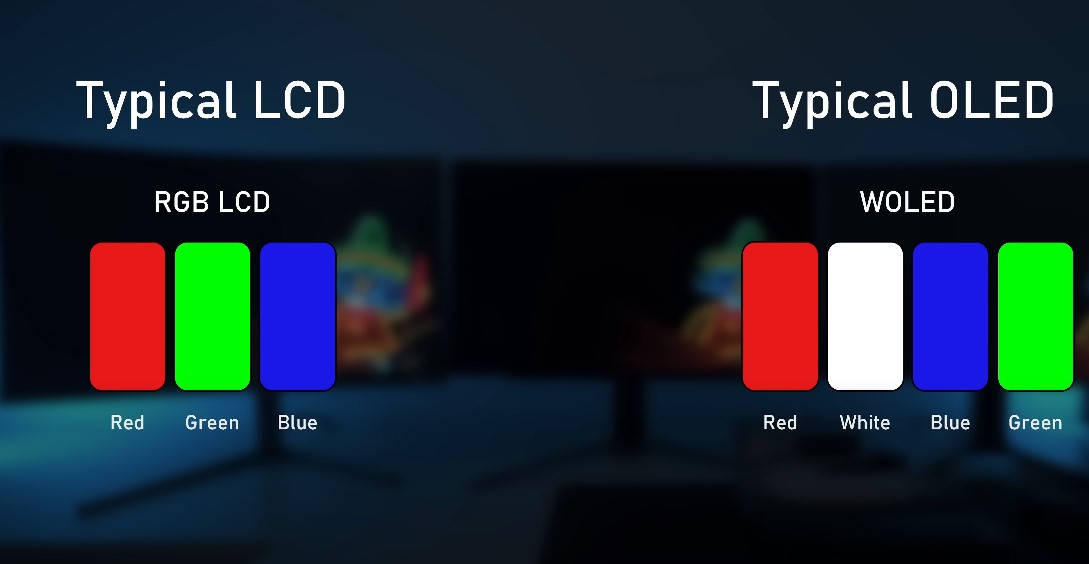
Upconversion is a video processing method where lower resolution content is scaled up to match the higher resolution of a 1080p display device. This process involves video processing algorithms that interpolate additional pixels to create a 1080p image from a lower-resolution source. While upconversion can greatly improve clarity, it does not add genuine detail that was present in the source.
Deinterlacing is another key technology used in 1080i video processing where interlaced video is converted to progressive scan. This is essential to prevent artifacts and improve the overall image quality on progressive displays such as computer monitors and modern TVs as noted by Gumlet. Professional-grade studio equipment and editing systems have built-in deinterlacing capabilities to ensure that the footage retains its quality throughout post-production and distribution.
Winner: 1080p
1080p is more compatible with modern display technologies like LCD and OLED. These technologies better support the smoothness and stability of 1080p, especially in fast action scenes.
What About 4k?
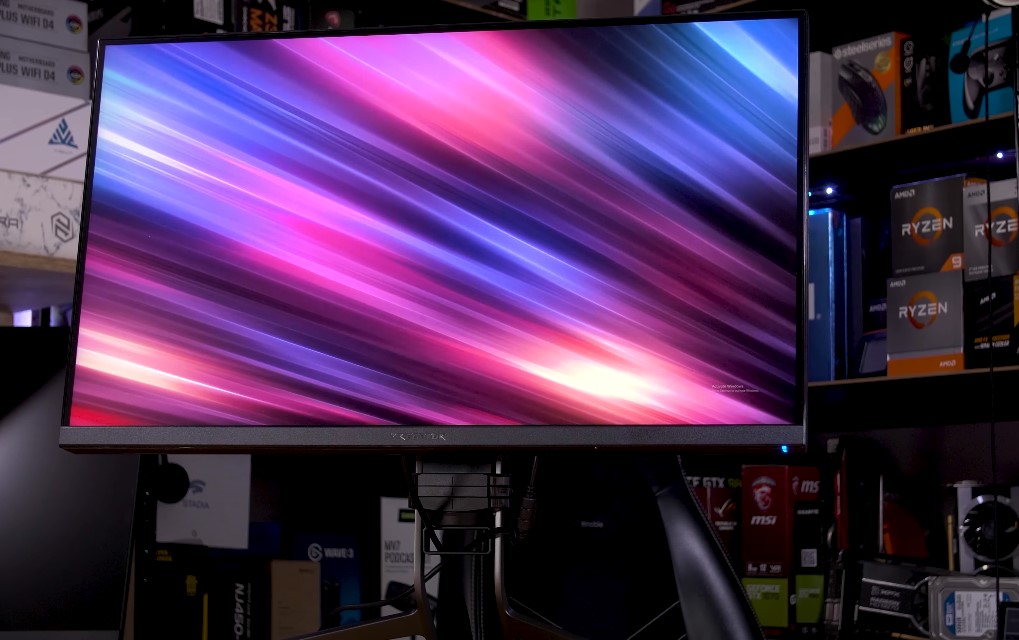 4K, also known as ultra-high definition, features a resolution of 3840 x 2160 pixels, offering nearly four times the detail of 1080p or 1080i resolutions. This leap in resolution significantly enhances image quality, providing clearer and sharper visuals.
4K, also known as ultra-high definition, features a resolution of 3840 x 2160 pixels, offering nearly four times the detail of 1080p or 1080i resolutions. This leap in resolution significantly enhances image quality, providing clearer and sharper visuals.
Despite this advancement, 4K’s potential is somewhat constrained by current broadcast technology, similar to the earlier limitations of 1080p. However, its adoption is growing, especially with major sports events now being aired in 4K, indicating a trend towards more widespread use.
One issue with 4K is that the content is often compressed for easier transmission, which can result in viewers not always getting the full 4K experience.
Frequently Asked Questions
What are the main differences in picture quality between 1080i and 1080p?
1080p, known for its progressive scanning, offers consistently high picture quality with a smooth portrayal of motion by drawing each line of pixels in sequence. On the other hand, 1080i uses interlaced scanning, alternating between two sets of lines, and can result in a slight blur during fast motion due to the interleaving process.
Can 1080i resolution be advantageous over 1080p for fast-paced sports viewing?
For some broadcasts, 1080i may have a higher field rate than 1080p, which can provide a smoother appearance for rapidly moving objects, potentially making it a choice for watching high-speed sports.
How does 1080i compare to 1080p in terms of gaming performance on consoles like PS4 and PS5?
Consoles such as the PS4 and PS5 are typically optimized for 1080p, providing a more fluid and detailed gaming experience, because 1080p does not have interlace lines that can cause artifacts in high-motion gaming scenarios.
What are the considerations when choosing between 1080i and 1080p for video recording with cameras?
When recording video, 1080p is generally preferred due to its sharp, consistent image quality, which is beneficial during editing and post-production. However, some cameras might offer 1080i to save on storage space or to match the format of broadcast standards.
Does a 4K television use 1080i or 1080p resolution?
A 4K television typically upscales both 1080i and 1080p to fit the higher resolution display; however, due to their higher pixel density, 4K TVs generally handle 1080p content better, as it provides a denser and more detailed image.
How does cable broadcasting differ when transmitting in 1080i compared to 1080p?
Cable broadcasting often transmits in 1080i due to bandwidth constraints, allowing them to broadcast content more efficiently while still maintaining a high-definition picture quality that is acceptable for most types of programming.
Does internet speed affect 1080p streaming compared to 1080i?
Yes, higher internet speeds are generally required for smooth streaming of 1080p content due to larger data requirements.
Is there a noticeable difference between 1080i and 1080p on smaller screens?
On smaller screens, the difference is less noticeable, making 1080i more acceptable for smaller TVs or monitors.
Can older video equipment output in 1080p?
Older equipment, especially those designed for 1080i, might not support 1080p output, which is important to consider for compatibility.
What is the future of 1080p and 1080i with the rise of 4K and 8K?
While 4K and 8K are becoming more prevalent, 1080p remains a standard for many applications, but 1080i usage may decline in favor of higher resolutions.
Final Words
1080p and 1080i offer unique benefits, with 1080p leading in clarity and smoothness, especially on larger screens and for fast-paced content. 1080i’s advantage lies in its bandwidth efficiency, making it still relevant for certain broadcasting needs. As technology evolves, 1080p remains a strong standard, while 4K and 8K are setting new benchmarks for visual quality.

